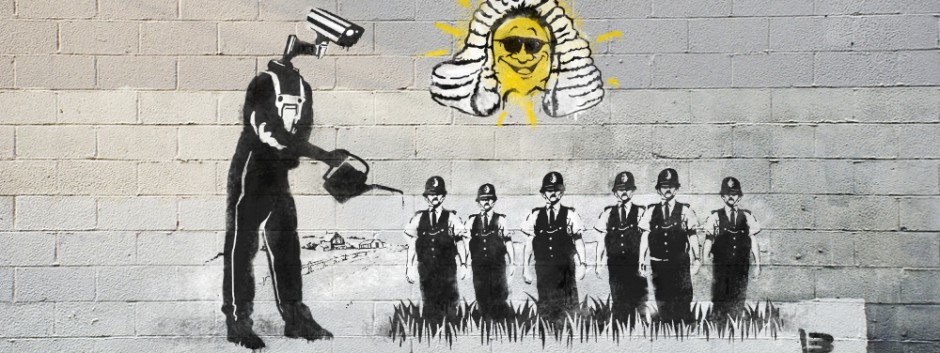Elmer’s “Surveillance After Foucault”:
- Elmer’s work explores the concept of surveillance in contemporary society, and how it has evolved beyond the models of power and discipline described by Foucault. In this way, his work can be related to my image, a surveillance camera posted above a traffic light at Jay St, as it illustrates how surveillance has become increasingly integrated into our daily lives and routines. The camera is a visible reminder of the presence of surveillance in public spaces, and how we are constantly being monitored and recorded. Elmer’s work suggests that this type of surveillance is not simply a tool for enforcing discipline or controlling behavior, but rather a means of shaping and constructing our identity and social norms.
Zuboff’s “Surveillance Capitalism”:
- Zuboff’s work discusses how the use of surveillance technologies has transformed the nature of capitalism, creating new forms of economic and political power. My image can be related to Zuboff’s work in that it illustrates how surveillance is used not only to monitor and control individuals, but also to extract valuable data that can be used for economic gain. The camera in the image is not simply a tool for maintaining public safety or enforcing traffic laws, but also a means of collecting data on the movements and behaviors of individuals. This data can be used to inform targeted advertising or to gain insights into consumer behavior, contributing to the emergence of new forms of economic power that rely on surveillance technologies.
Nolan et al’s “Sousveillance”:
- Nolan et al’s work examines the concept of “sousveillance,” or the use of technology to monitor and record those in positions of power. My image can be related to this work, as it illustrates that although those in power use this technology, it is also readily available to the public. We have the ability to purchase the equipment needed to document their movements, if a situation were to call for it. The camera in the image is a reminder that we are all subject to surveillance, and that the power dynamics of surveillance are not always straightforward. While the camera is positioned to monitor the movements of drivers and pedestrians, the public also knows where that camera is, which in turn affects decision making within society. This suggests that the relationships between surveillance and power are complex and multifaceted, and that the use of surveillance technologies can be both a tool for control and a means of resistance.




